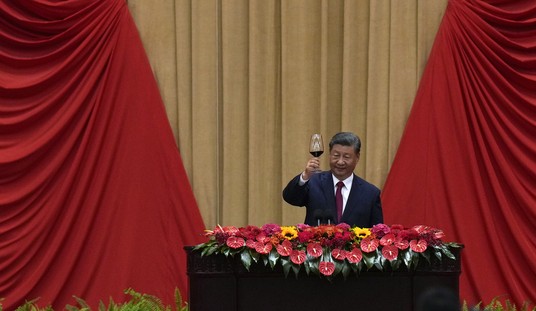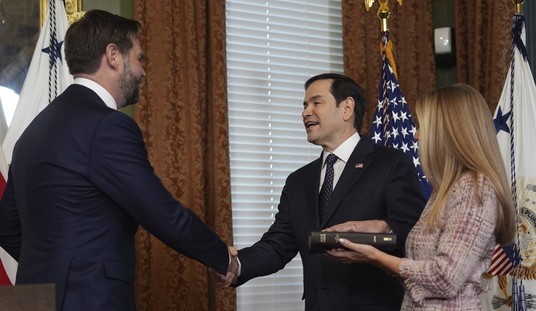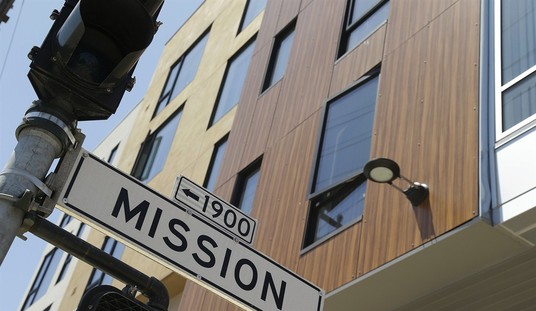The bad news: It’s not Orlando International but the much smaller Orlando Sanford International, which serves such popular destinations as Allentown, Pennsylvania, Youngstown, Ohio, and of course Iceland. So if you’re thinking about taking your next vacation in Reykjavik, rest easy — hopefully there’ll be no junk-touching for you.
The good news: All it takes is one ‘port to drop TSA to push this possibility front and center in the national debate over airline security. And thanks to Matt Drudge, bless his heart, it really is front and center this afternoon. Top of the page, red-fonted, at the Drudge Report, replete with photo of a TSA screener grabbing himself a fistful of junk in Denver to illustrate the problem. Well played.
Just one question. Does it matter?
Orlando Sanford International Airport has decided to opt out from TSA screening.
“All of our due diligence shows it’s the way to go,” said Larry Dale, the director of the Sanford Airport Authority. “You’re going to get better service at a better price and more accountability and better customer service.”
Dale says he will be sending a letter requesting to opt out from TSA screening, and instead the airport will choose one of the five approved private screening companies to take over…
The TSA points out that even if an airport decides to use a private firm for security, the screeners still must follow TSA guidelines. That would include using enhanced pat-downs and the full-body scanners if they are installed at the airport.
The airport’s touting the decision as one that will improve efficiency and oversight, but of course passengers aren’t upset with the speed and courtesy with which the crank-yanking is performed so much as they are with, er, the crank-yanking itself. And that, presumably, will go on, even with contractors:
The TSA downplayed the request, saying that it “sets the security standard,” regardless of who’s actually patting down the travelers.
“All commercial airports are regulated by TSA, whether the actual screening is performed by TSA officers or private companies,” spokesman Greg Soule told AOL News. “TSA sets the security standards that must be followed and includes the use of enhanced pat-downs and imaging technology, if installed at the airport.”
The silver lining, I guess, is that once private contractors start complaining about having to follow these procedures, it’ll refocus attention away from dropping TSA at individual airports as a solution and towards reforming national security protocols generally. One possibility would be to use the scanners now being used by the Dutch, which are less dangerous and which project suspicious areas detected by the scanner onto the body of a mannequin model instead of showing the person’s actual physique. Another obvious solution, often repeated over the past week, is to start looking for suspicious passengers instead of looking for suspicious items — especially since, as James Poulos notes, jihadis are already taking the next logical step in smuggling explosives onto planes. See, for example, this three-tiered framework proposed by Robert Poole in which security personnel would be trained to identify “high-risk” travelers for junk-touching while “trusted travelers” could receive more rudimentary scrutiny. How you’d go about implementing that in the U.S. given the objections to profiling, though, I’m not sure. Everyone says “follow the El Al model!” — including Glenn Beck, per the Right Scoop clip embedded below — but whether that’s feasible given the size of the new, more qualified class of screeners we’d need to recruit and the scale of operations is an open question. But given the alternative, it’s one Congress should investigate, no?








Join the conversation as a VIP Member